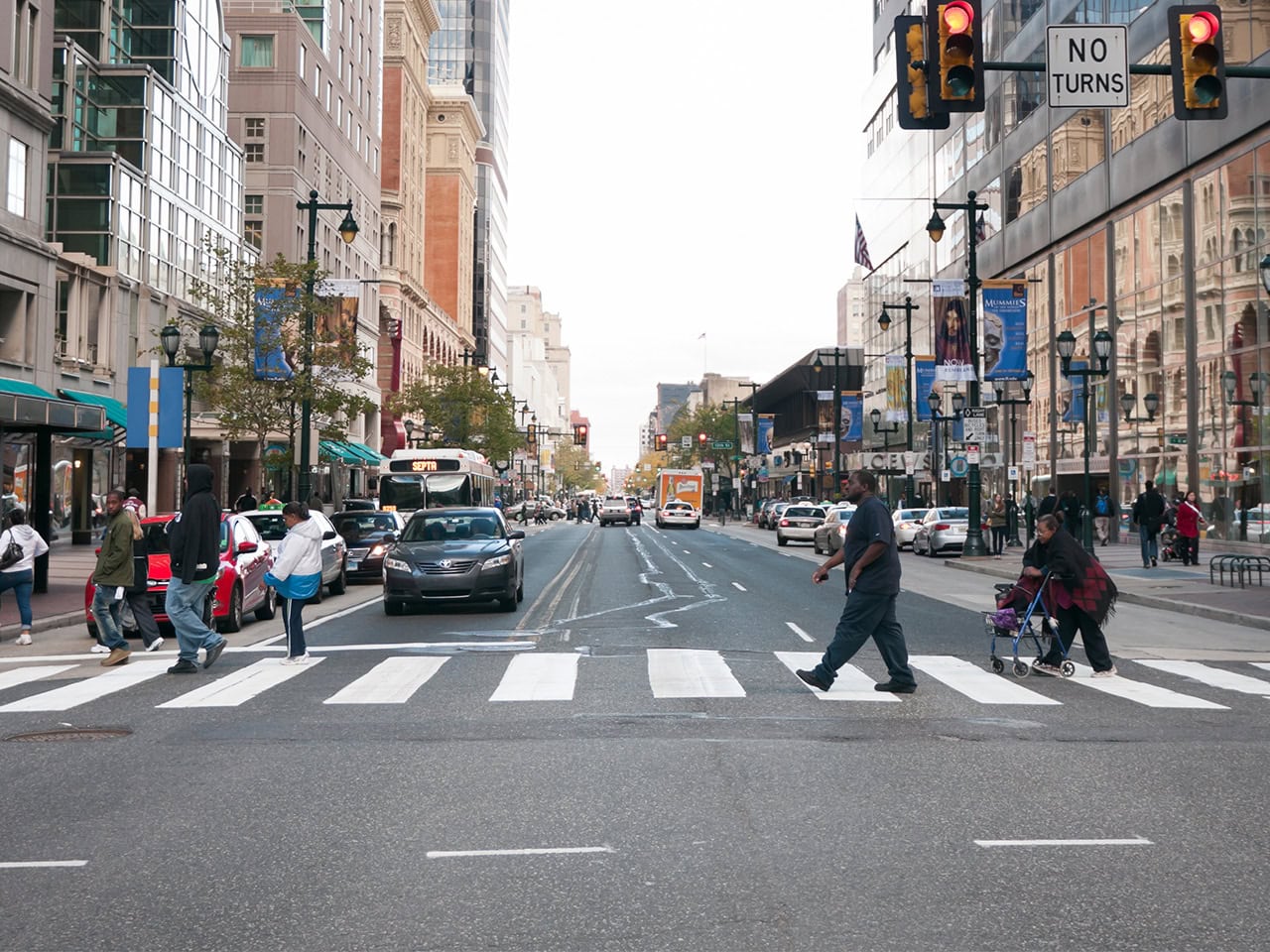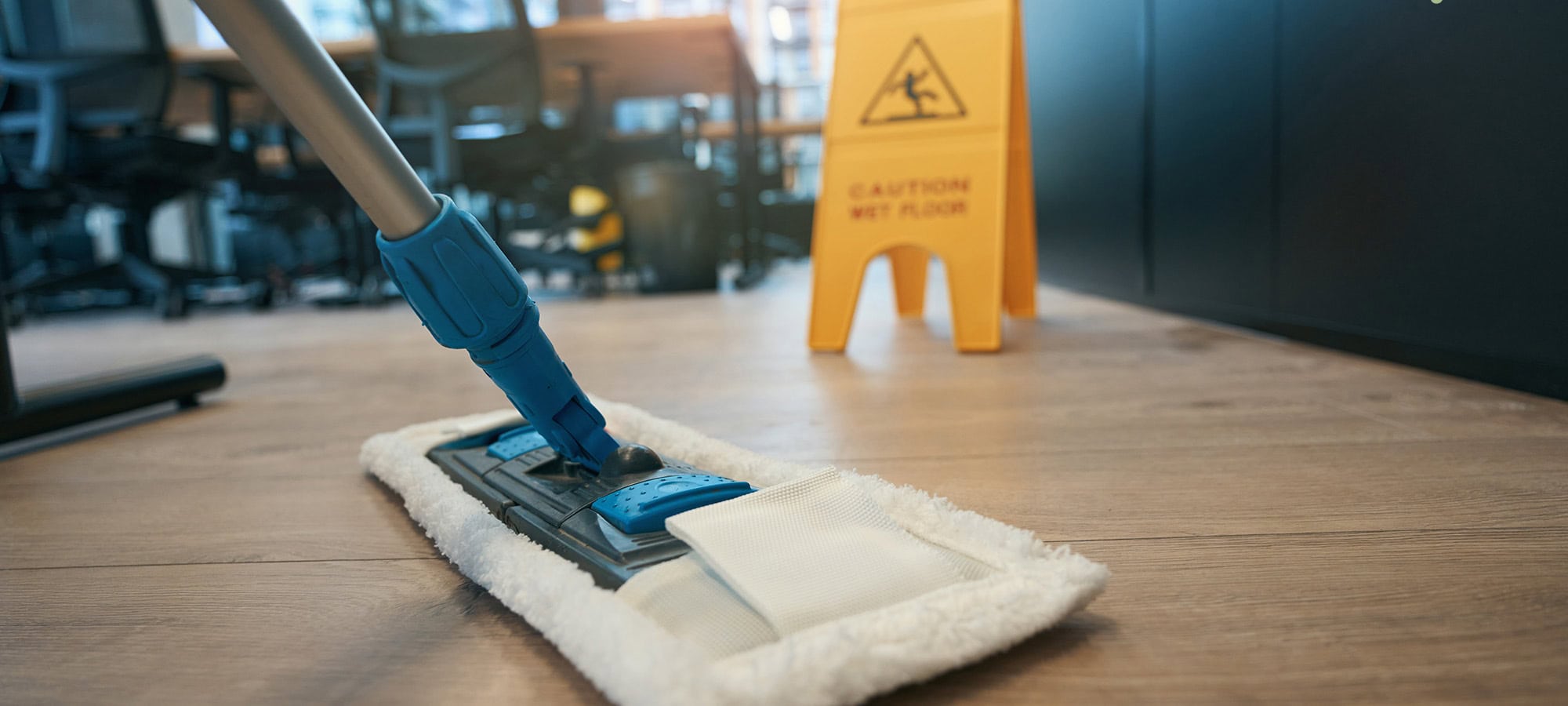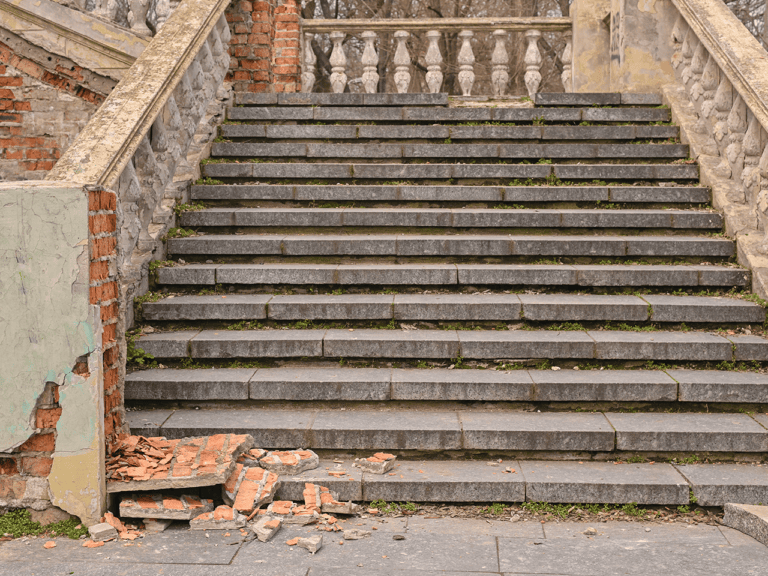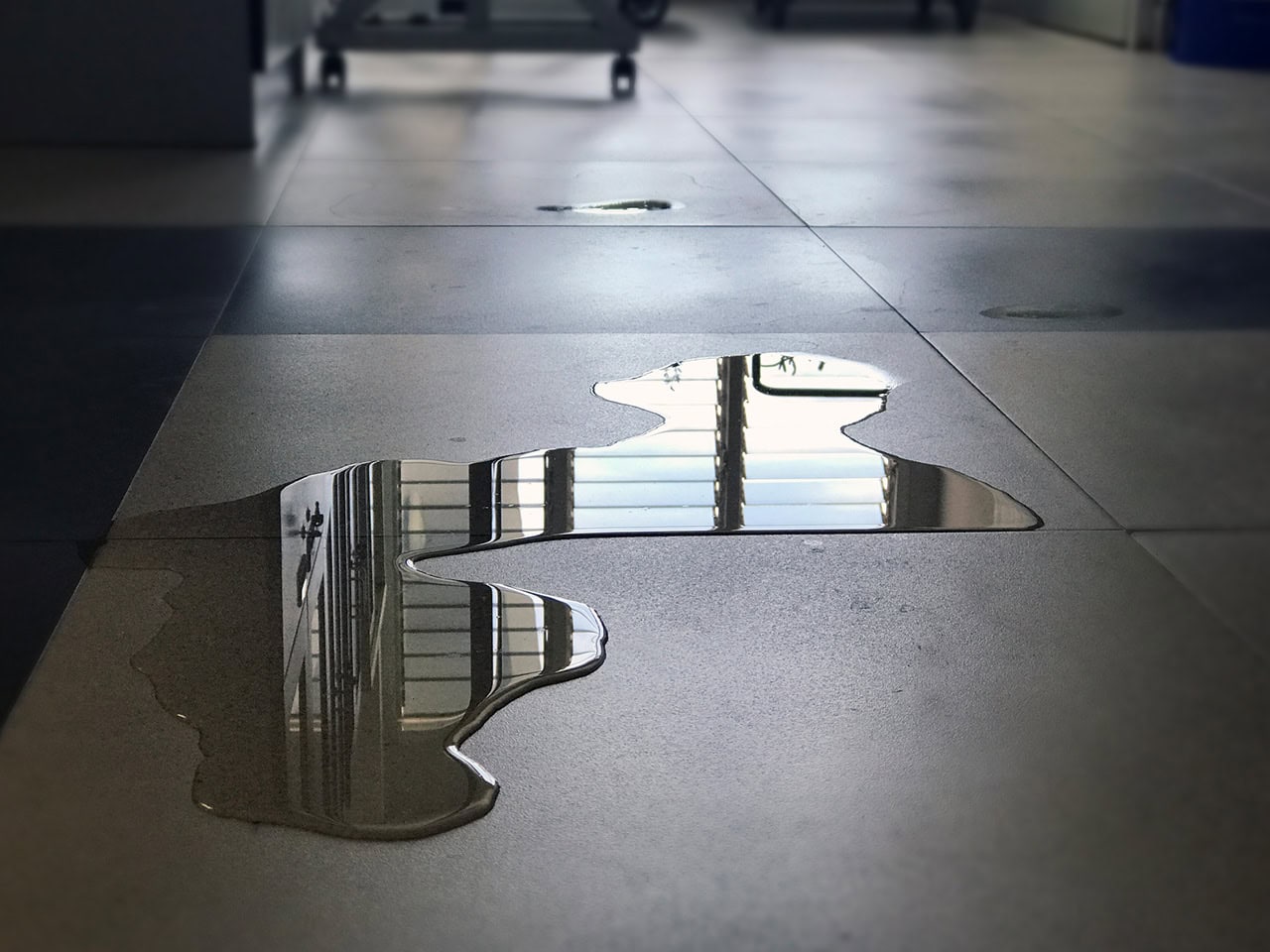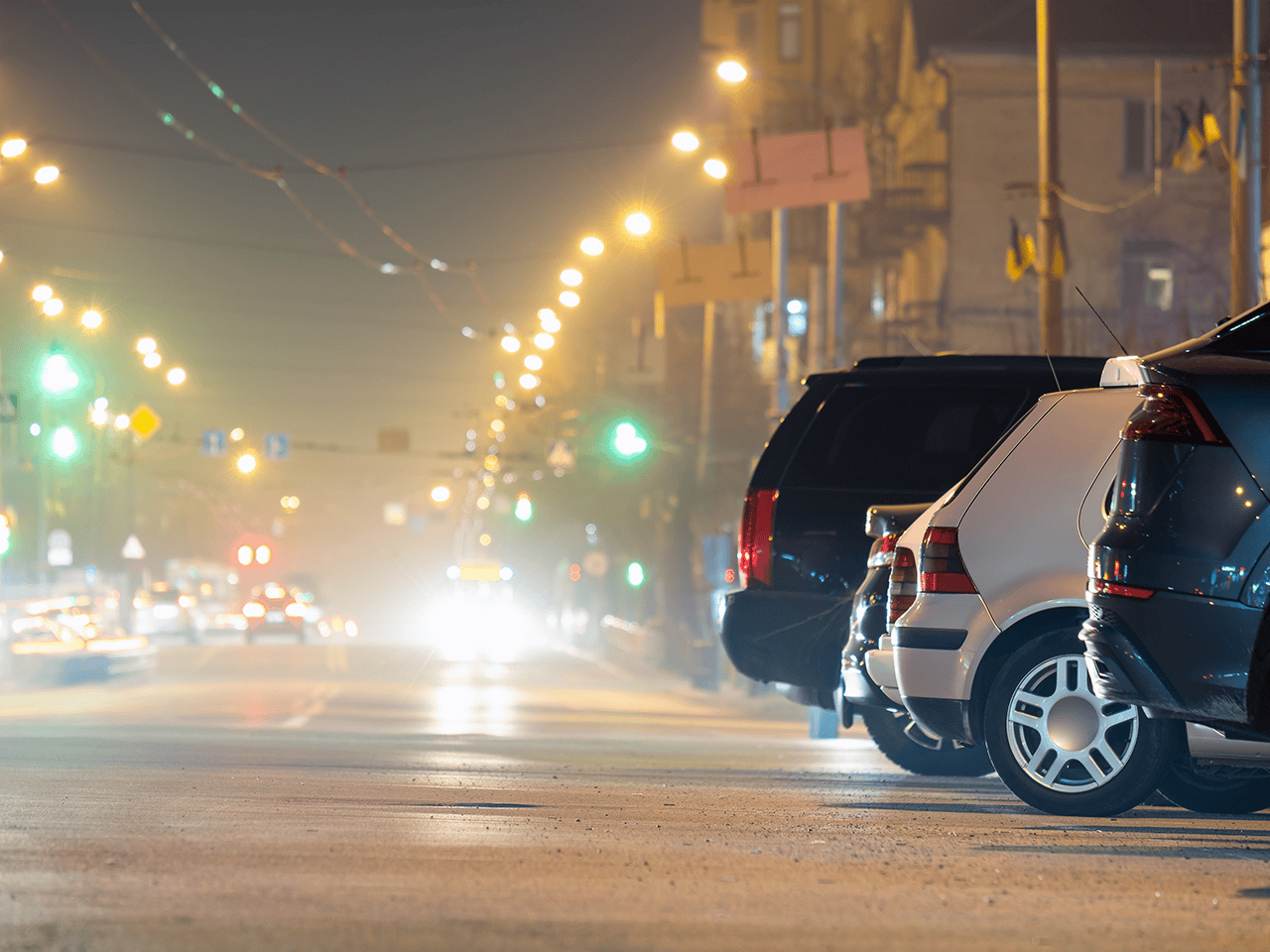Slip and fall accidents can lead to a variety of injuries, which may differ in severity based on factors like the individual’s age, health, and the specifics of the fall. Here are some frequently seen injuries:
Fractures. Broken bones, especially in the wrists, arms, hips, and ankles, are common, particularly among older adults.
Head Injuries. Falls can result in serious head trauma, including concussions, traumatic brain injuries (TBI), and skull fractures, which can lead to long-term cognitive and neurological issues.
Soft Tissue Damage. Injuries such as sprains, strains, and tears in muscles, tendons, and ligaments are prevalent in slip and fall incidents, often causing pain, swelling, and reduced mobility.
Back and Spinal Injuries. Falls can inflict damage to the back and spine, leading to conditions like herniated discs, spinal fractures, and spinal cord compression. Severe injuries can result in paralysis or loss of sensation.
Bruises and Contusions. Collisions with hard surfaces can lead to bruising and contusions. Although usually less severe, these injuries can still cause significant discomfort.
Cuts and Lacerations. Falls may also lead to cuts, especially if an individual lands on sharp objects or glass, which can require medical treatment to prevent infection.
Dislocations. Joints may become dislocated during a fall, particularly in the shoulders, elbows, knees, and hips, causing severe pain and requiring medical intervention to realign the joint.
Emotional Distress. In addition to physical injuries, victims may experience emotional trauma, anxiety, and post-traumatic stress disorder (PTSD), especially if they develop a fear of falling again.
It’s vital to seek medical attention promptly after a slip and fall, even if injuries seem minor. Some issues may not be immediately visible, and early treatment can help prevent further complications. Documenting your injuries and consulting with a legal professional can protect your rights and aid in seeking compensation.
